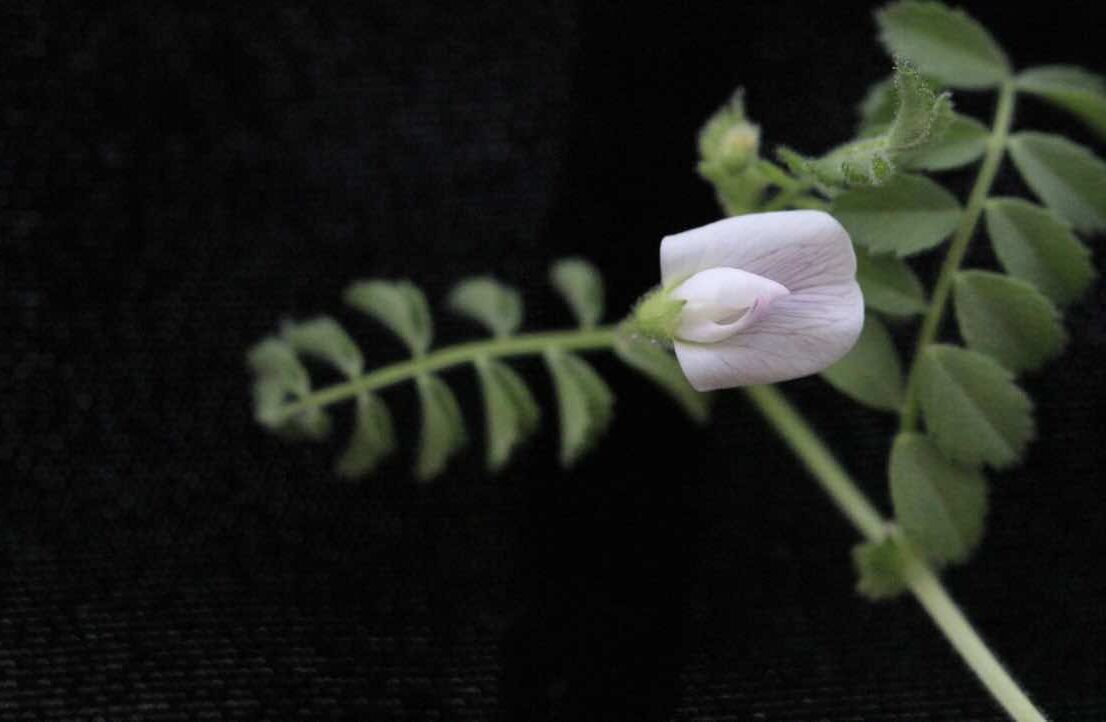Author: Santosh Kumar Gupta @SantoshKr_Gupta, Senior Technical Officer at the National Institute of Plant Genome Research, New Delhi, India.
Flower and seed coat colour are important agronomic traits in chickpea that influence consumer preference. Based on their cultivation globally, this legume crop is categorized as “desi” or “kabuli”. Seeds of desi-type chickpeas are generally dark brown and angular with a rough seed coat, while the kabuli type produces light-brown coloured and rounded seeds with smooth seed coats.
Recently, a group of scientists from the National Institute of Plant Genome Research (NIPGR) researchers in India successfully developed a new genetically engineered selection marker-free stable chickpea line. In this study, they used the techniques of the RNA Inference (RNAi) based post-transcriptional gene silencing approach. To better understand the genetic regulations of flower and seed colours in chickpea for the first time, a team of NIPGR scientists in the group leadership of Dr. Debasis Chattopadhyay, developed these lines where they profiled the anthocyanin and proanthocyanidin (PA) contents of chickpea flowers and seed coats in stable transgenic chickpea lines.

Dr. Debasis Chattopadhyay, Staff Scientist and Group Members
Researchers performed tissue-specific silencing of two genes. These genes encode a basic helix-loop-helix (CabHLH) protein and a tonoplast-localized multidrug and toxic compound extrusion (CaMATE1) transporter in a desi genotype. Reduced anthocyanin and PA contents in the flower and seed coats were reported. These changes appear to be associated with the change in flowers and seed coat with kabuli characteristics in the background of the desi chickpea genotype. Finally, researchers concluded that kabuli chickpea flower and seed colour phenotype could be derived by manipulating single gene in a desi chickpea.
Conclussion
These results provide an important scientific information for chickpea breeders that flower and seed coat colours, are biochemically regulated by the same genes. Therefore, the manipulation of a single gene can alter these traits.
Read the paper: Journal of Experimental Botany






